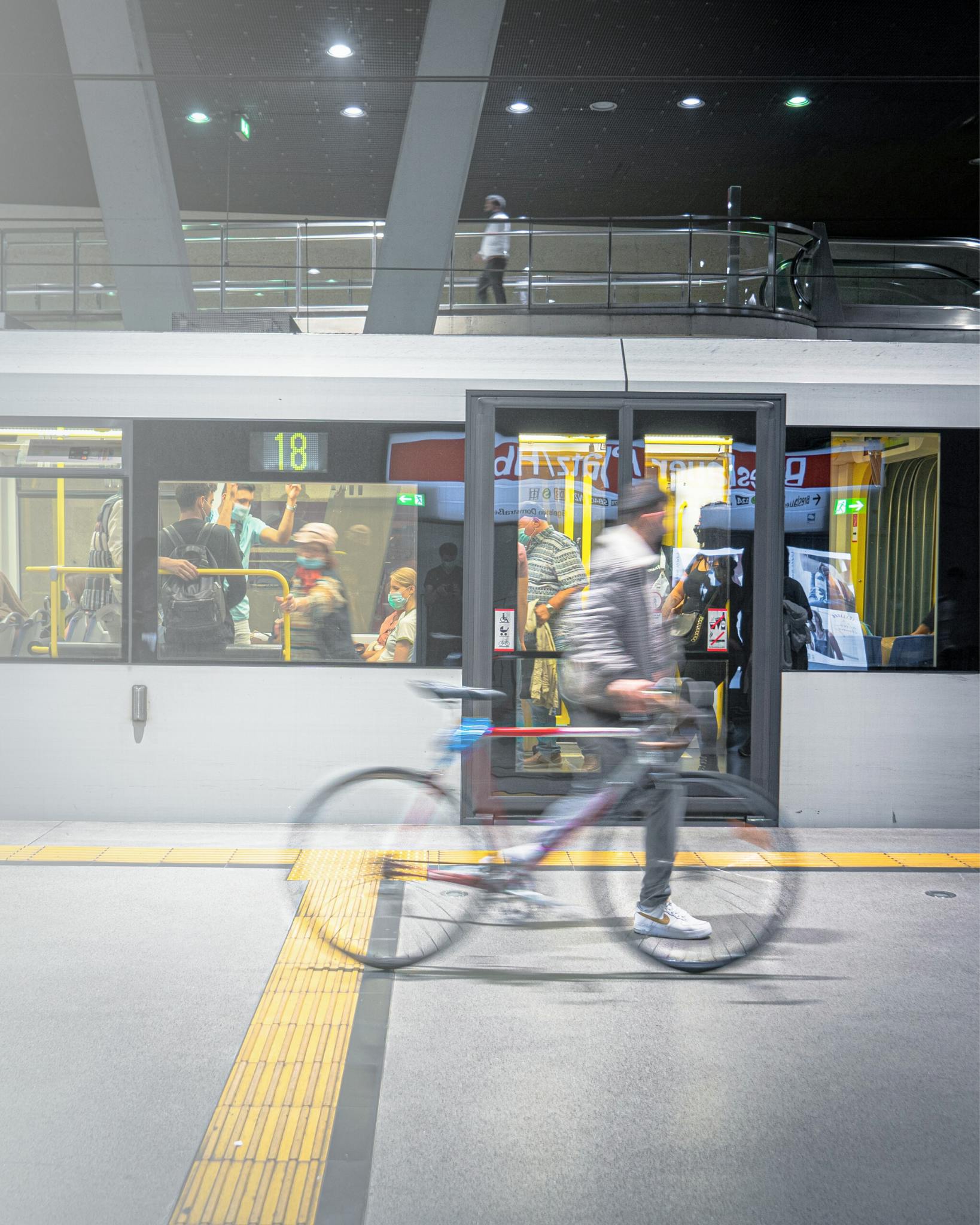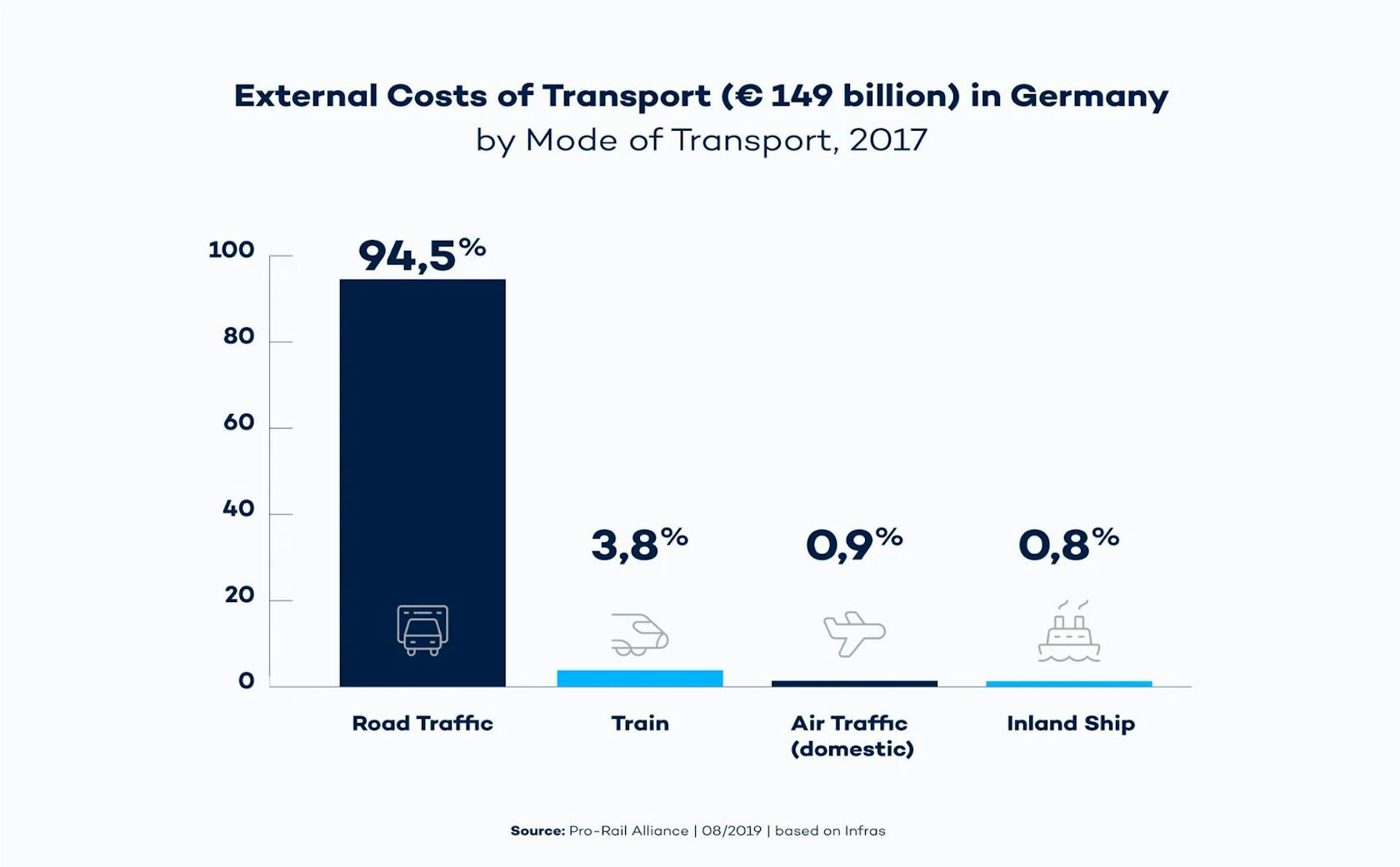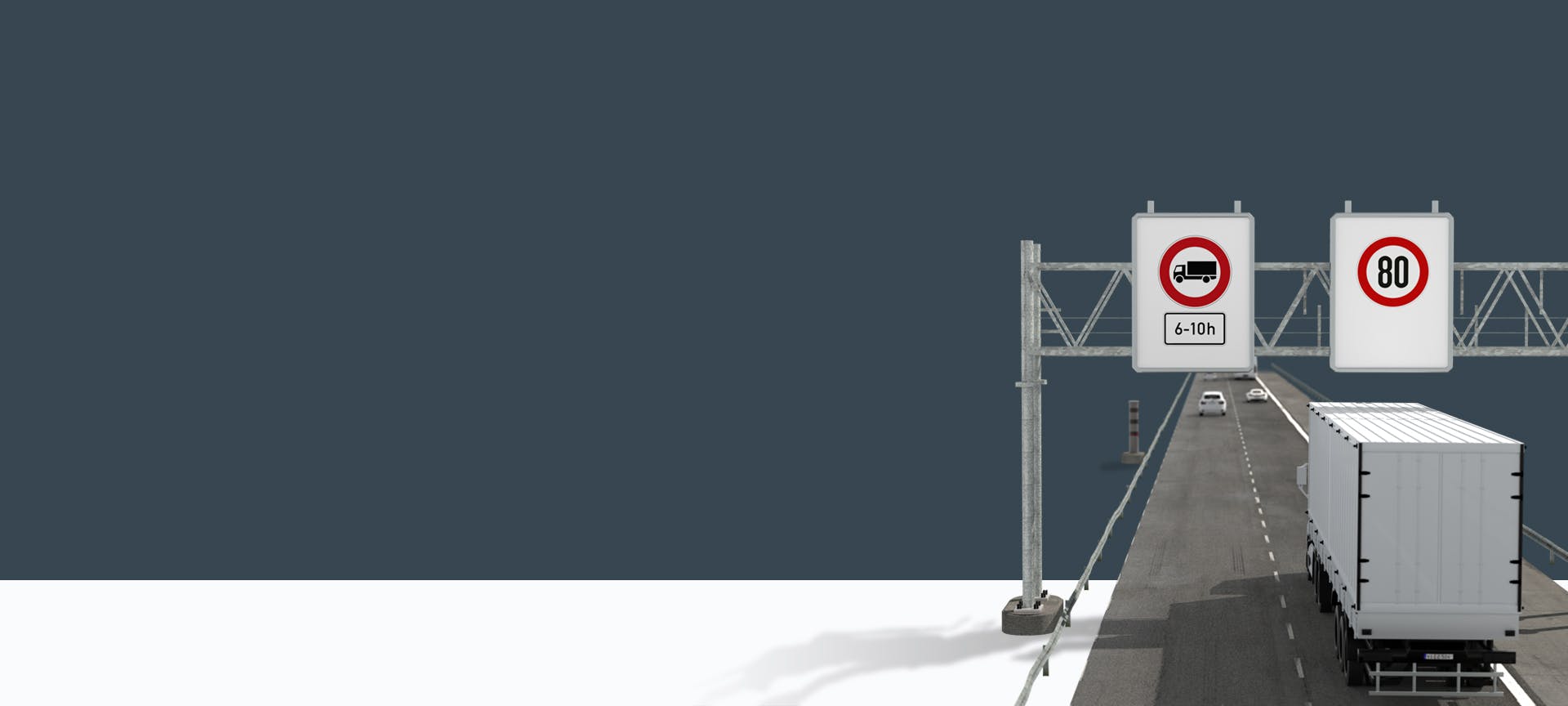The climate crisis makes it clear once again that it is time for the mobility sector to take action and find a new direction. Researchers, industry, and politicians must keep working together to shape and bring about the mobility transition. The tools to make climate-neutral mobility a reality and secure infrastructure financing are already at hand. Mobility pricing can be a key solution to promote changes in behavior and accelerate sustainable mobility.

Smart Mobility New Paths for Mobility in 2040
How mobility pricing will promote a mobility transition
The mobility sector is a key area for sustainable strides towards addressing the climate crisis. Some rethinking and new directions are needed to promote a mobility transition.
The discussions around a ban on combustion engines clearly show both the readiness to change, and the hurdles that block us from doing so. The mobility transition must pick up the pace and bring innovation to the road. Meanwhile, the questions around new mobility concepts and the secure financing of infrastructure remain in the air.
In terms of mobility, where do we want to be in 2040, and how do we get there? These are crucial questions for society – because the future of mobility is important for everyone. Mobility affects the life of every individual. Mobility pricing is a key sustainable-mobility-concept solution that works primarily in three areas: traffic management, infrastructure financing, and climate benefits.
Mobility Management by Way of Mobility Pricing: Avoid-Shift-Improve
According to Peter Ummenhofer, founder of GO Consulting, the necessary changes in mobility behavior can be summarized with “avoid”, “shift” and “improve”:
- Avoid or reduce travel
- Shift to more energy-efficient modes of transport
- Improve efficiency through vehicle technology and management
To drive this change, policymakers need the tools to create digital management and monetary incentive systems.
Sustainable mobility management considers the different needs of people and communities, rewards environmentally friendly behavior, and focuses on the benefits of the individual.
Mobility pricing plays a central role here. Road tolling enables the digital control of traffic, e.g., by influencing choice of route or time of departure with dynamic pricing systems that can, among other things, consider real-time congestion in the tariff. In combination with mobility platforms that seamlessly link previously separate transport services into single source, incentives can be given for choice of transport (e.g., public transport vs. a car). Pricing systems can also encourage people to buy more fuel-efficient, lower-emissions vehicles by offering preferential rates for them, for example.
The tolling technology of the future will ensure secured financing
Mobility pricing enables infrastructure financing, traffic management and future-ready transport policy. Mobility pricing will be the primary fiscal tool for the transport sector.
Administrations in many countries and municipalities around the globe have recognized the need for action and plan to roll out mobility pricing in the future, or indeed have already, such as London, Stockholm, Milan, New York, Switzerland and many states in Australia and the USA. For example, more than ten US states are already conducting pilot projects for a general mileage-based usage fee (MBUF). The introduction of this road user charging is intended to replace lost revenue from the fuel tax.
This change is made all the more urgent as any transport overhaul will be a huge financial challenge for public budgets. A look at Germany makes that clear. If Germany reaches their climate goal of 40% less greenhouse gas emissions from transport by 2030 (in comparison to 1990), their fuel tax revenue will also sink by a similar degree, according to a calculation from Germany’s Federal Environment Agency. A 30% drop in revenue from fuel taxes would already mean a loss of €13 billion. Introducing mobility pricing will mitigate this, ensuring continued financing for infrastructure and new mobility concepts in the future.
Mobility 2040: Mobility pricing contributing to sustainable mobility concepts
To improve the mobility industry ecologically by 2040, aside from fewer combustion engines on the roads, it will be important to have many additional mobility alternatives. Whether that be rail, public transport, sharing systems etc. The tools for a sustainable mobility are standing ready to be used.
Mobility pricing helps reduce CO2 emissions. The concept can motivate users to swap their cars for more environmentally friendly alternatives—and as a result of lower road traffic, congestion and CO2 emissions can also be reduced. Road traffic is the source of 18% of CO2 emissions worldwide and is the industry with the third-highest emissions rate after the energy and heating sectors.
Transport is the problem child of the climate effort: they’ve been long missing climate goals by a wide margin.
The problems caused by traffic will pose a major challenge in the future. The costs of private transport are staggering for both the environment and for people, particularly those in cities. Noise pollution, dust, air pollution and area of public space it takes up are all contributors. A large portion of the external costs (around €149 billion annually) caused by transport is from road traffic – €141 billion. But the effects of toll systems can also be quantified: Stockholm, for example, reduced inner-city traffic by 22% by introducing a congestion zone. This also saw traffic-related pollution of noise and toxic substances decrease on almost all roads.
Mobility pricing can be a push factor for promoting behavioral changes and accelerate sustainable mobility. It can also make it possible to share external costs fairly. However, change takes time. Infrastructure projects take time and behavior doesn’t change overnight. That’s why we need solutions today that will set standards for the future.
For major transformations in the energy and mobility sectors, the technology must be ready, and from this perspective, the prerequisites for the mobility transition are all already in place.
The technical facilities for road tolling are ready. Mobility pricing can already be adapted to specific challenges and conditions. What is particularly important here is that road tolling and control must function without interfering the flow of traffic (free-flow).
Video tolling, global navigation satellite system (GNSS)-based toll collection (via smartphone for example), and dedicated short-range communication (DSRC) tags / radio frequency identification (RFID) tags can all be used for “on-the-go” road tolling too.
What’s pivotal for mobility pricing to succeed is to implement processes that ensure a wide acceptance of the tolling system. There are many available toll-control solutions that can contribute to this, from stationary, to portable, to fully mobile units.
Summary
In short
- With smart technology, dynamic pricing, and innovative processes, the mobility of the future can be fair and sustainable.
- Mobility pricing enables the digital control and redistribution of traffic by creating incentives to choose particular times, routes, and vehicles.
- Efficient tolling systems can also enable transport-infrastructure financing and investment in new mobility concepts.
- Mobility pricing has climate benefits. It promotes eco-friendly behavior among road users.






